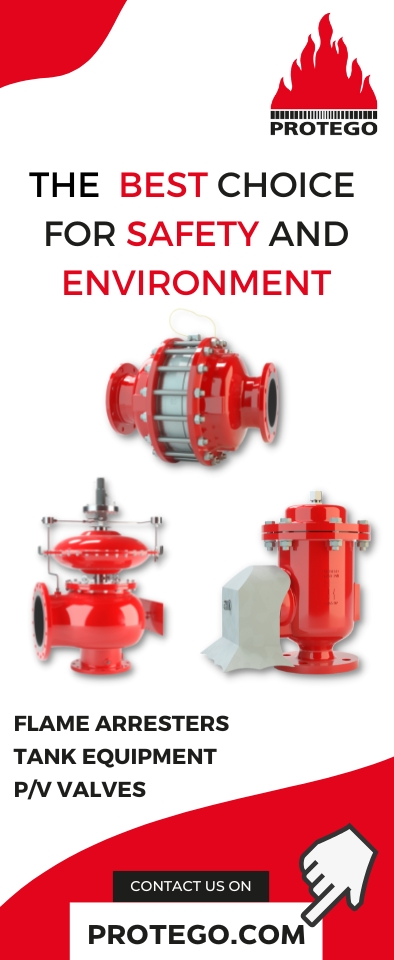The HySTOC EU project, initiated in January 2018 to test an efficient hydrogen value chain utilising Hydrogenious’ proprietary liquid organic hydrogen carrier (LOHC) technology in Finland, from production to use, has successfully concluded.
The ‘Hydrogen Supply and Transportation using liquid Organic Hydrogen Carriers,’ or HySTOC project, was led by Hydrogenious and included Finnish, Dutch and German partners. Hydrogenous’ containerised LOHC systems for the storage and release of hydrogen from the liquid carrier have proven their qualities in long-term and remote operation, 24/7, at local double-digit sub-zero temperatures.
The last phase, which started about 12 months ago, was particularly important. Hydrogenious’ ReleaseBox 10 was operated in Espoo by VTT Technical Research Centre of Finland over 2,000 hours and the quality of the released hydrogen was scientifically tested. This showed that the hydrogen quality fulfilled relevant ISO standard (ISO 14687:2-2019) limits, which was a key target of the project. The successful transport of hydrogen within the LOHC liquid was demonstrated between Kokkola and Espoo test sites over a distance of 500 km.
Meanwhile, the corresponding StorageBox 10 was successfully commissioned at the Woikoski’s hydrogen production site in Kokkola in spring 2021 – despite the local -23˚C. Woikoski established the test facilities and assembled the StorageBox/ReleaseBox to both Kokkola hydrogen production site and VTT, Espoo. Woikoski produced the hydrogen for the test, bound the hydrogen to the liquid organic carrier material for the transportation, and released the hydrogen from the LOHC in the ReleaseBox, for VTT’s further testing.
That also showed the positive output of the so-called pressure swing adsorption (PSA) of project partner HyGear, making sure that the hydrogen released from the LOHC is purified to hydrogen fuel standards, for refuelling cars or trucks with fuel cell engines. The hydrogen produced meets the purity specification and by optimising the PSA controls a hydrogen yield higher than 90% was measured during the full operation of the ReleaseBox10.
German Friedrich-Alexander University Erlangen-Nuremberg (Institute of Chemical Reaction Engineering (CRT)) also draws a positive conclusion with view to its research activities during the project. The new LOHC material was found to be more suitable in cold environments and has an improved hydrogen release rate, which is a major finding. In addition, by integrating an electrochemical hydrogen compressor (EHC) into the hydrogen release process, the hydrogen released from the LOHC can be purified and compressed in one unit. Moreover, the option to use the EHC to draw vacuum within the reactor accelerates the hydrogen release reaction and enables lower reaction temperatures from a thermodynamic point of view due to the chemical reaction equilibrium shift. The results of this combination of LOHC and EHC technology have been published in the International Journal of Hydrogen Energy.
‘Despite the challenges that arose in five years of project duration – not only the pandemic but also the sale of the relevant business unit by the partner where the direct hydrogen filling station application was to take place – the HySTOC joint project has become a very successful one,’ explains Stefan Naser, Chief Operating Officer of Hydrogenious LOHC Technologies. ‘Hydrogen in the amount of around 2 tonnes was stored and released from our LOHC material. We thus benefit from these demonstration project findings for our ongoing upscaling implementations.’











